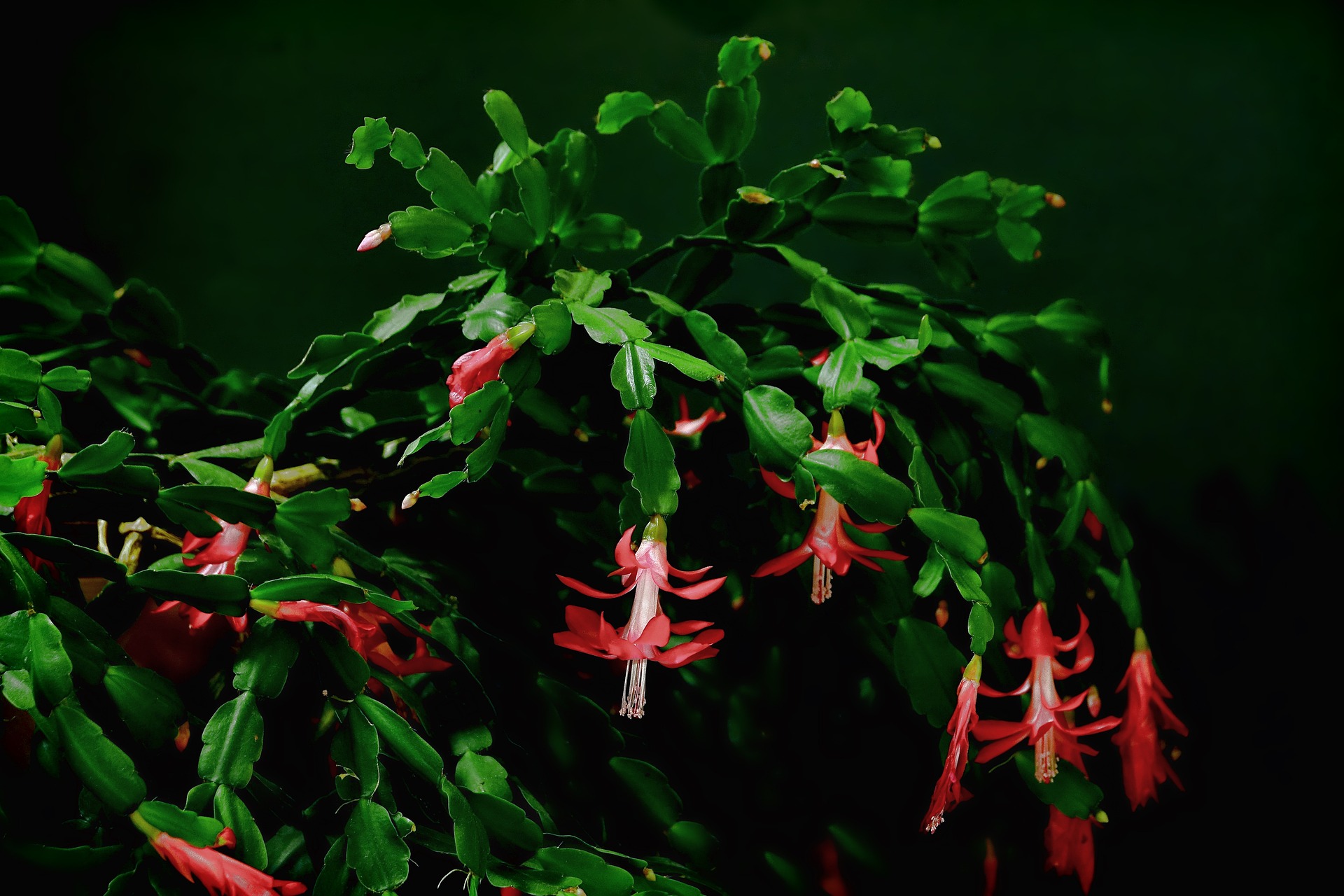
Table of Contents
Christmas cactus succulents are very popular, attractive, winter-flowering plants that suit any corner of the house giving a beautiful ornamental look. A fun fact about the Christmas cactus is that it can live for decades making it a family heirloom. It is very easily grown with minimum care, and it propagates very fast making it a wonderful giveaway for a holiday gift.
Let us look at how to care for and grow a Christmas cactus at your home.
Holiday Cacti – Thanksgiving, Easter, Chrismas
It is interesting to know that the Christmas cactus is closely related to the Easter cacti and Thanksgiving cacti. The main difference is in the green segments called cladodes that join together to form the stem and the seasons in which they bloom.
The Stem Segments
| Christmas cactus | Tear-shaped or scalloped leaf, less spikey and rounded edges on the leaves. |
| Thanksgiving cactus | Pointed, spiky, sharp claw-shaped projections on the edges of the leaves |
| Easter cactus | Subtle rounded-edged leaves, not spiky |
Seasons of Bloom
They are named around the season in which they bloom. The Christmas cactus produces flowers during the Christmas holidays while the Easter cactus produces flowers in the month of Easter and the Thanksgiving cactus produces flowers in the month of October which people use as a giveaway gift for thanksgiving.
About Christmas Cactus Succulent
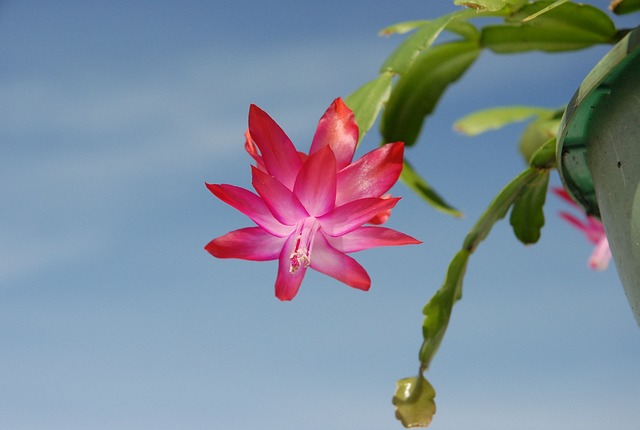
Christmas cactus (Schlumgera bridgesti) is a succulent that is native to Brazil and found in tropical rainforests and coastal mountains. It is adapted for growth in tropical rainforests. This makes it different from the other cactuses where Christmas cactus needs water as soon as the soil dries off.
It is called a succulent as it has spongy stems, roots, and leaves that gather water, but due to this reason, it does not mean you can skip watering the plant as it is not a drought-tolerant succulent.
They are very attractive having stem subdivisions and plentiful flowers that come in deep red, dark pink, light pink, white, and salmon.
Caring for Christmas Cactus
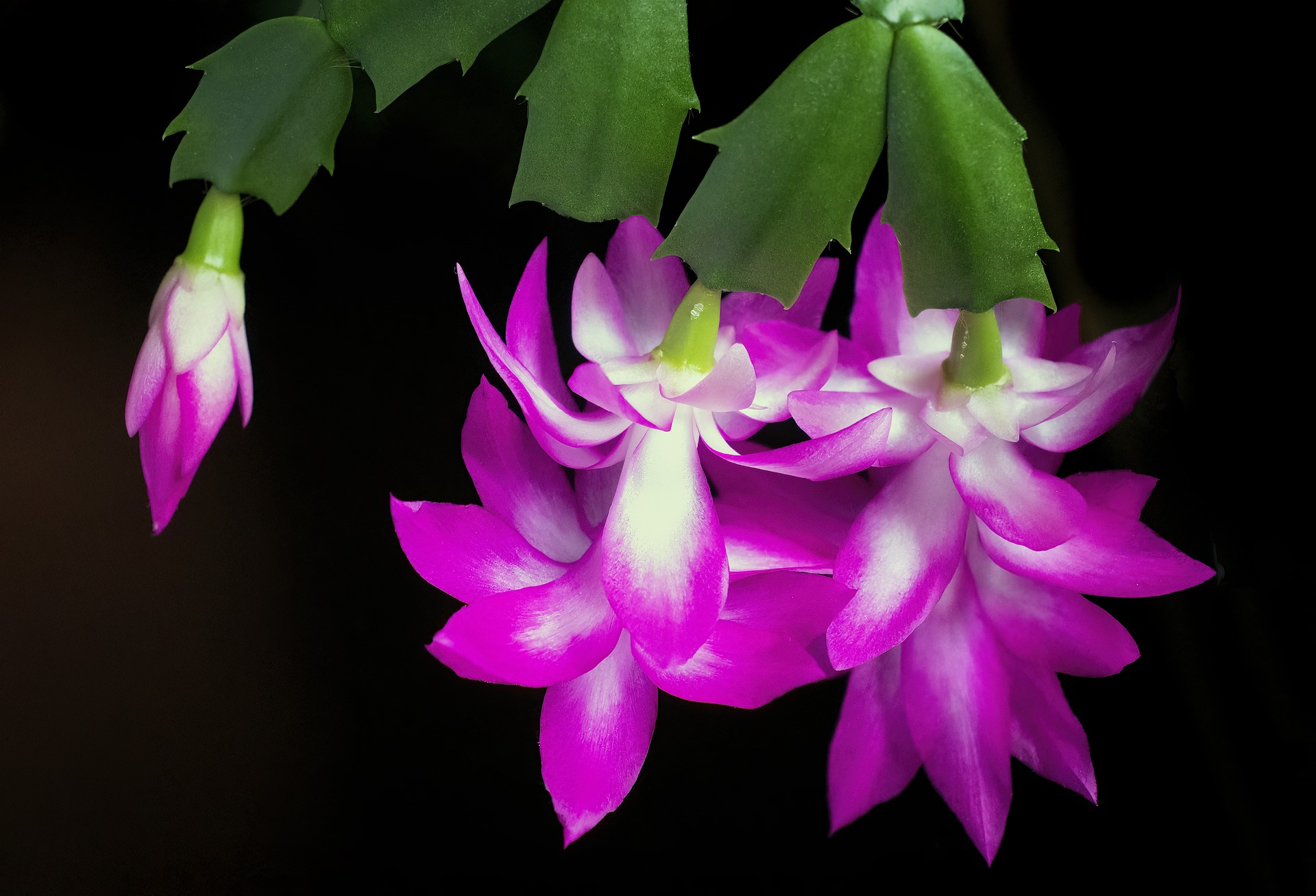
Christmas cactus succulents like other succulents are easy to plant, maintain and care for and the only thing to remember is that they need a little bit of watering attention, unlike other succulents. It can grow to a spread of 2 feet within a few years and last for decades. These plants need special attention to boost their blooming, other than that they are stress-free to care for.
Soil
The Schlumgera slightly prefers to be pot-bound. Repotting is better in spring or early summer; it is not advisable to re-pot them during the fall when they prepare themselves to set their buds. A good quality cactus mixed with a lot of perlites would help them thrive. Clay pots with a hole are most suitable compared to plastic pots that can keep the soil extra wet.
Sunlight
Christmas cactus succulents need plenty of light, but it is better to avoid direct sunlight as that can cause the plant to dehydrate quickly and get burnt. Just in case it is kept in direct sunlight make sure to give it more water and change the place immediately for better results.
This plant is mostly grown indoors for its ornamental beauty and the exotic blooms that give extra credit to its appearance. To enjoy the entire beauty of it make sure it gets adequate light for it to bloom so the best place for it to be kept is near a window that faces either the west or the south.
If the light is falling directly on the plant, it is advised to cover the window with a sheer curtain. When grown outdoors make sure it is kept in the USDA hardiness zone that ranges from 9-11. If you are growing indoors, you could take it outside during summer but make sure you take it indoors before it becomes cold.
Watering
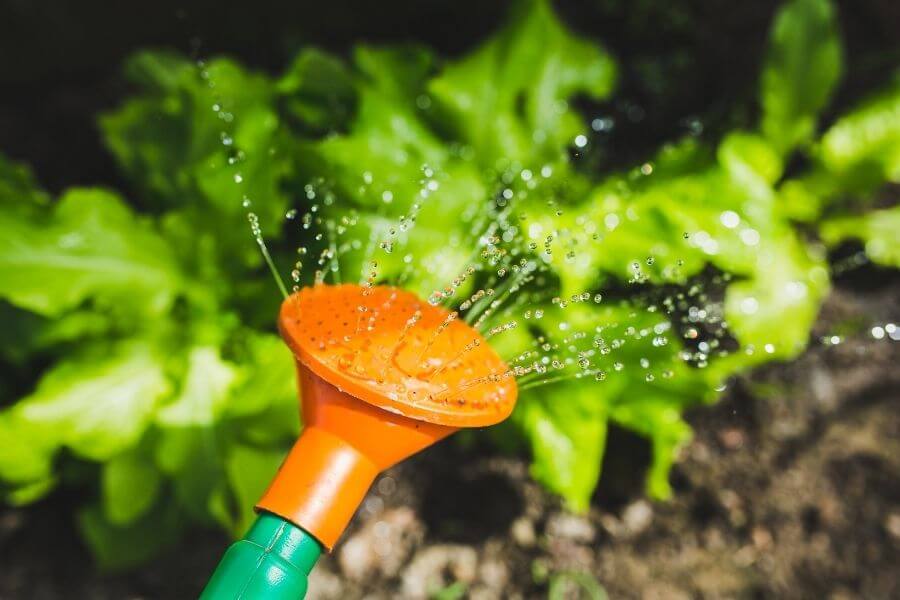
When watering, remember to give the right amount of water. Too little or too much water can lead to unhealthy conditions that can kill the plant quickly. Always make sure the soil is moist but that there is no excess water to stagnate leading the root to rot.
You could touch the topsoil to check if the soil is dry and needs watering. Watering can be reduced during the fall and winter seasons when the plant prepares to bloom and increased during the spring and summer when the plant grows.
Having the pot set on top of a saucer could help water the plant with adequate water, pour water into the pot and let the water slowly drain to the saucer then you could throw the excess water collected on the saucer, as you don’t want your Christmas cactus sitting in a puddle of water causing the roots to rot.
Overwatering can not only cause root rot but can also cause the stem to rot, as well as flower or bud drops.
Fertilizing
If you want your Christmas cactus to have flowers at its maximum, it is recommended to use fertilizers from June through August when it is time for new growth, and do not use fertilizers when it is setting itself for buds and when it has flowers.
Use a water-soluble balanced houseplant fertilizer at half-strength as per the package for the rate of recurrence and quantity. If your plant is overcrowded and turning yellow it signifies it is not getting proper nutrients, so it needs more nutrients for the whole plant.
Temperature and Humidity
Christmas cacti, being a native of the rainforests, tend to like humidity. If the indoor humidity levels drop, place your Christmas cactus pot on a tray filled with pebbles and water making sure the water does not touch the bottom of the pot. This is done so the water from the saucer evaporates and helps increase the surrounding humidity. You could even place the pot near other plants which naturally increases humidity levels.
Your Christmas cactus prefers a 65 to 70 degrees temperature during the day and evening temperatures of 55 to 65 degrees.
Planting and Propagation
When you bring a new Christmas cactus home make sure you choose the right pot and soil for it as it can last in the pot for generations. When it is time to be repotted make sure you use a pot that is a bit larger than the pot that was used before with appropriate soil.
If the plant becomes very branchy and starts to drop off due to its weight, you can start pruning by cutting a portion where two stem segments link. This cutting can be turned into a new plant by placing it into a new pot with the right soil.
The cutting placed in its pot should then be kept under bright light, and the soil should be moistened frequently. Given all the support it will start to develop its roots within a few weeks. The cutting can be given a boost by dipping the base of the cutting in a rooting hormone but this step is not compulsory as the cutting often grows its roots without the rooting hormone.
Pests and Diseases
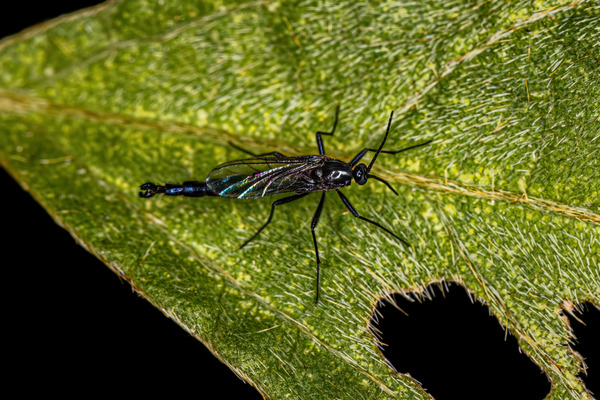
Pests and diseases can disturb your plant growth. So here are some handy tips to identify the cause.
- Woody stem- a sign that shows your plant is aging.
- Black and sticky areas- a sign that shows your plant is infected with a fungal or bacterial disease. If by chance you see your plant infected, it is better to throw out the whole plant to stop the infection from spreading to other plants and start growing a new Christmas cactus.
- Bud and flower drop- a sign caused either by a sudden change in light, temperature, or levels of moisture. This can be sorted easily by identifying the cause and changing its place or the watering amount.
- Yellow stem segments- a sign that is seen in the presence of too much light or water or it can be if the pot is congested due to insufficient nutrient levels.
- Red stem segments- are a sign of too much direct sunlight or not enough water.
- Root rot- a sign where the root starts rotting where you see the roots turning into a dark brown making the roots become soft whereas a small touch makes the root fall off. This is due to a fungus infection caused by not letting the water drain properly.
- Fungus gnats- are small fly typed insects that infest the soil or the potting mix. Their larvae feed on the fungi and the organic matter present in the soil and also chew the roots causing the plants to die.
Tips for Better Results
From the last week of October, and for about six weeks, place your Christmas cactus in darkness for about 12-14 hours for it to set the buds before it blooms. This encourages more blooms which will start in late November.
Darkness means cool temperatures that range from about 50 to 65 degrees. No light, darkness meaning not even artificial light, this can be done either by covering the plant during the day or by placing it in a room that is not used at all, so it is not exposed to any form of light.
You could also start to cut back water slightly to trigger dormancy, which is very helpful to get the Christmas cactus to re-bloom.
Once you see bud formation on your plant you can move it back to its original place and continue the regular watering. Be patient to let the buds bloom into beautiful flowers as it can take up to about 12 weeks.
If the Christmas cactus is given the above-mentioned special attention, you will be rewarded with an abundance of beautiful blooms.
| Genus name | Schlumbergera |
| Common name | Christmas Cactus |
| Plant type | Houseplant |
| Light | Part Sun |
| Height | 6 to 12 inches |
| Width | 1 to 2 feet |
| Flower color | Orange, Pink, Purple, Red, White, Yellow |
| Foliage color | Blue/Green |
| Season features | Fall Bloom, Spring Bloom, Winter Bloom |
| Special features | Good for Containers, Low Maintenance |
| Propagation | Seed, Stem Cuttings |
The Take-Away
Christmas cactus is very easy to grow but needs special attention just before it gets ready to produce buds. They make a good holiday gift-giving. Now that you are aware of the Christmas cactus and its potential of being a family heirloom, why not give this succulent a place in your home?






